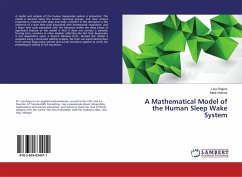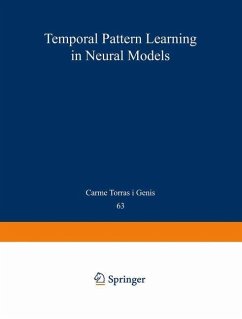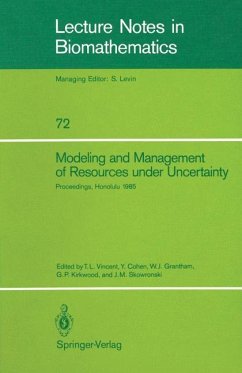
The Mathematical Structure of the Human Sleep-Wake Cycle

PAYBACK Punkte
20 °P sammeln!
Over the past three years I have grown accustomed to the puzzled look which appears on people's faces when they hear that I am a mathematician who studies sleep. They wonder, but are usually too polite to ask, what does mathematics have to do with sleep? Instead they ask the questions that fascinate us all: Why do we have to sleep? How much sleep do we really need? Why do we dream? These questions usually spark a lively discussion leading to the exchange of anecdotes, last night's dreams, and other personal information. But they are questions about the func tion of sleep and, interesting as th...
Over the past three years I have grown accustomed to the puzzled look which appears on people's faces when they hear that I am a mathematician who studies sleep. They wonder, but are usually too polite to ask, what does mathematics have to do with sleep? Instead they ask the questions that fascinate us all: Why do we have to sleep? How much sleep do we really need? Why do we dream? These questions usually spark a lively discussion leading to the exchange of anecdotes, last night's dreams, and other personal information. But they are questions about the func tion of sleep and, interesting as they are, I shall have little more to say about them here. The questions that have concerned me deal instead with the timing of sleep. For those of us on a regular schedule, questions of timing may seem vacuous. We go to bed at night and get up in the morning, going through a cycle of sleeping and waking every 24 hours. Yet to a large extent, the cycle is imposed by the world around us.














